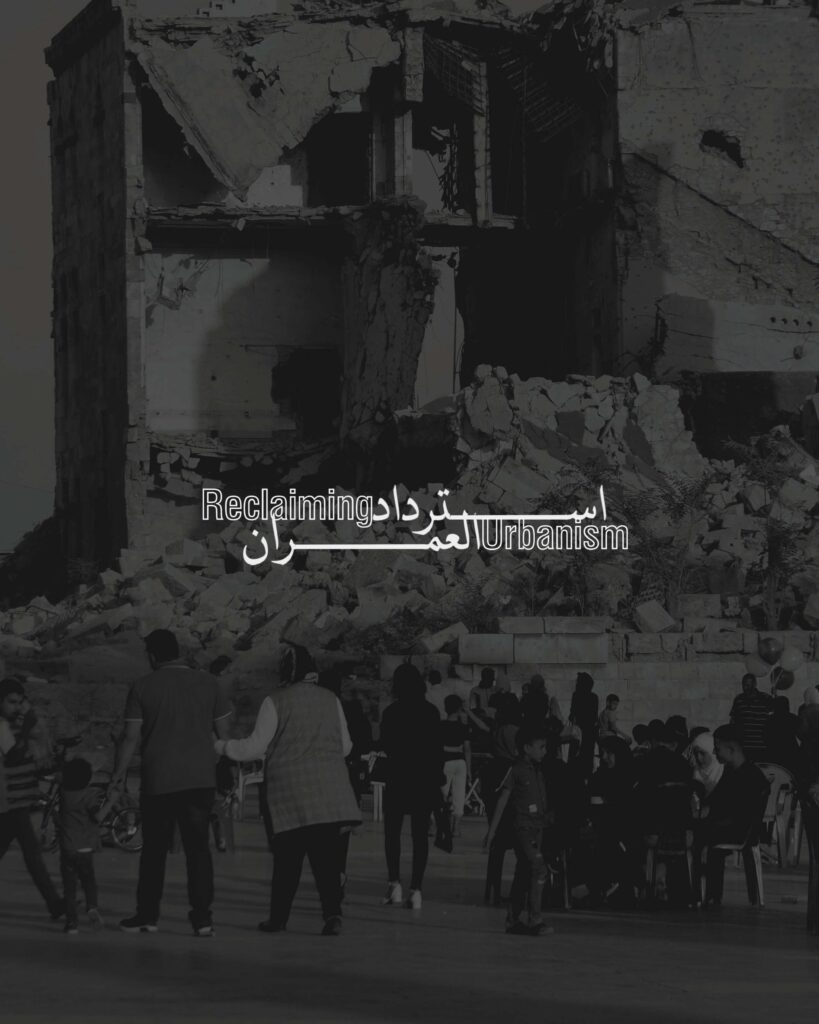Damascus first encountered cinema in 1912 when the merchant Habib al-Shamas organized the city’s first-ever film screening at Zahrat Dimashq (Fleur de Damas), an extravagant café-theatre located in al-Marjeh Square, which was the heart of Damascus at the time. From that moment forward, cinema and its architectural presence became deeply intertwined with the city, each influencing the other until the eventual decline of cinema culture in Syria. Today, this decline is sharply visible in the abandoned cinema buildings of Damascus, which stand as remnants of the societal significance they once held. This presentation narrates the history of cinema theatres in Damascus, from the establishment of early cinemas during the late Ottoman period to their gradual decline in the 1970s under Baathist rule. Through archival research and on-site analysis, this study situates the architectural and cultural manifestations of cinema within the shifting social, political, and economic dynamics of the city. It highlights the role of local actors and communities in shaping cinema spaces, challenges narratives of Western-imported modernity in the region, and demonstrates how cinemas functioned as crucial public spaces in the city’s social and cultural life.
This talk was delivered at Modern Conversations II, January 25, 2025.




